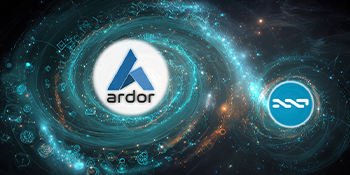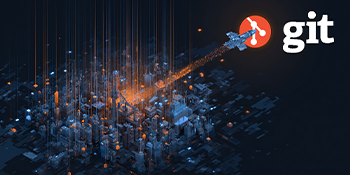Ardor Release Timeline
28 November 2017
Ardor roadmap
- Oct 28 - Nov 04 (done)
- 5th and last ICO round, 100 M JLRDA plus all unsold JLRDA from the 4th round and minus marketing expenses are put for sale at 1.45 NXT each as announced
- Any remaining unsold JLRDA tokens will be kept by Jelurida until the Ardor snapshot and the resulting IGNIS tokens will be used to fund future development and promotion
- Nov 04 (done)
- Ardor testnet 2.0.4e release
- Starting from a new genesis block and deleting the current testnet
- Adding major new features: Asset Control and Composite Phasing
- Nov 24 (done)
- Final Ardor testnet release
- Source code is released for review under temporary license, no cloning allowed
- Node JS module and Mobile App operational
- Only security and critical bug fixes after this date
- No further API changes
- Four years anniversary for Nxt celebration
- Dec 28 (done)
- Ardor genesis snapshot recorded at block height 1636363
- Transactions with ARDR, Bitswift, and Janus assets disabled on the Nxt blockchain
- Dec 29 - 30 (done)
- Ardor generally available software release
- Source code released under the JPL
- Forging not yet possible to give time for users to setup nodes, and perform final verification of snapshot balances
- Jan 01, 2018, 00:00:00 (done)
- Ardor genesis block timestamp reached
- Forging starts automatically
- Ardor blockchain becomes fully operational
- 2018
- Continue development according to roadmap
Nxt roadmap
- Dec 28 (done)
- Hardfork, freeze trading of ARDR asset and other assets included in the Ardor Genesis Snapshot
- Q1 2018
- Develop Nxt as a simple and secure crowd funding solution for new ICOs
- Position the Nxt Blockchain Creator Kit as a viable solution for new blockchain projects
- Add permission layer and peer communication encryption for private blockchain solutions
- Q2 2018
- Merge features added to Ardor which do not rely on the parent/child chain architecture


